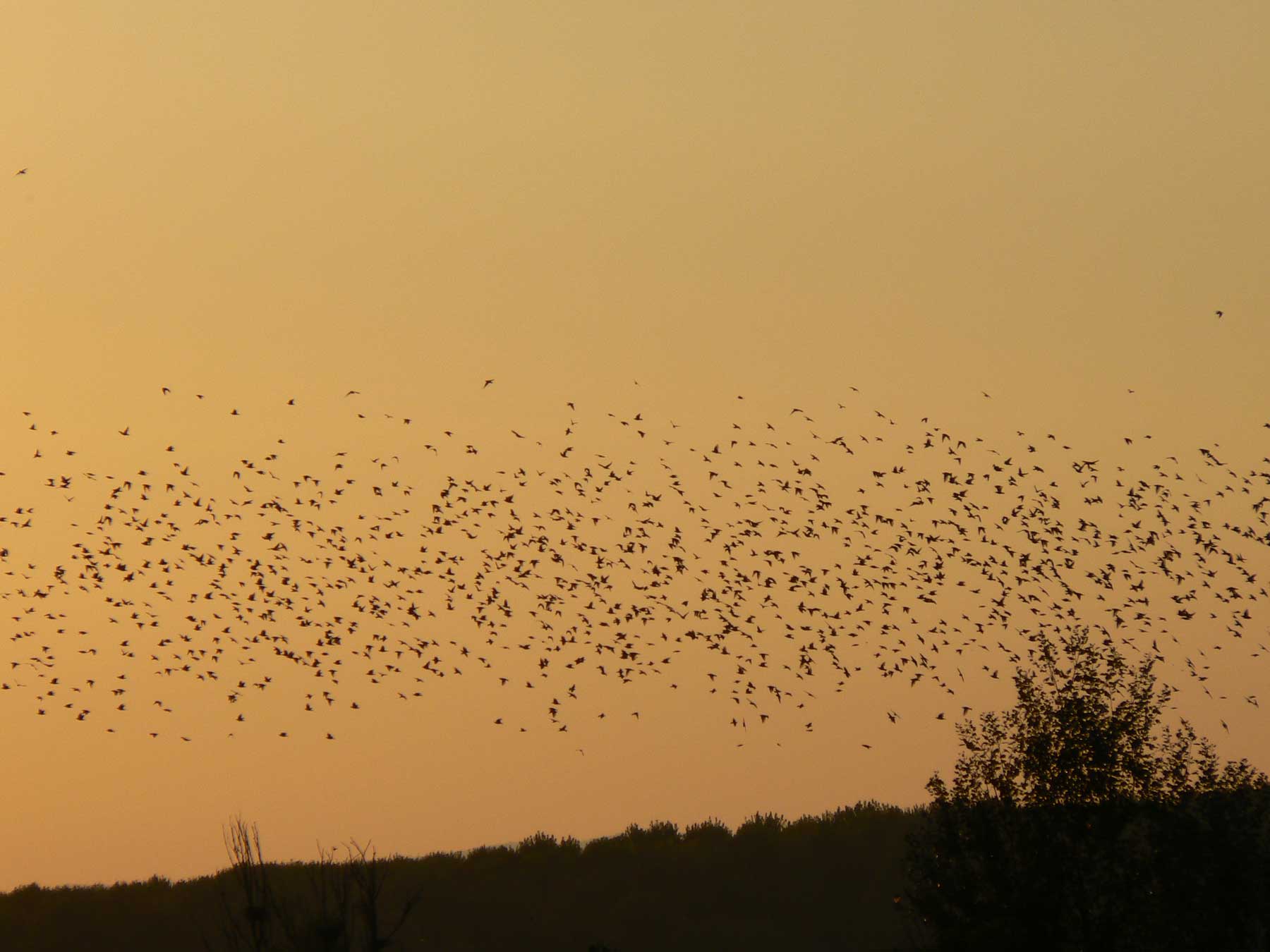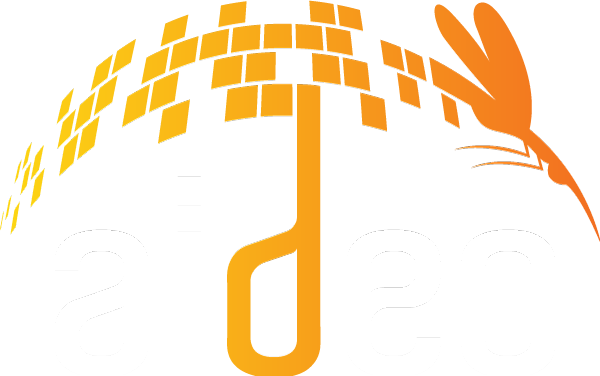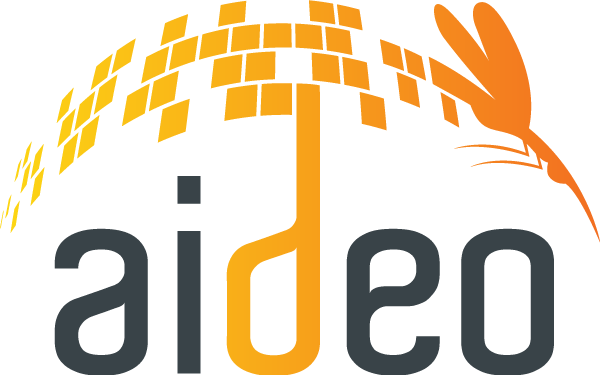AIDEO is being developed within the scope of the ESA EO Science for Society Permanently Open Call for Proposals EOEP-5 BLOCK 4 (ESA AO/1-9101/17/I-NB).
Vector-borne diseases (VBDs) are an important threat with an increasing impact on public health due to wider geographic range of occurrence and higher incidences. West Nile Disease is one of the most wide spread zoonoses caused by a vector-borne virus, circulating in birds through mosquitoes. Its transmission cycle is well understood, with birds acting as the primary hosts and mosquito vectors transmitting the virus to other birds, while humans and horses are occasional dead-end hosts. Identifying suitable environmental conditions across large areas containing multiple species of potential hosts and vectors can be difficult.
AI and EO as Innovative Methods for Monitoring West Nile Virus Spread
The recent and massive availability of Earth Observation (EO) data and the continuous development of innovative Artificial Intelligence (AI) methods can be of great help to automatically identify patterns in big datasets and to make highly accurate predictions.

The synergy among historical surveillance data on West Nile Disease (WND) occurrences, highly detailed remotely sensed imagery and newly innovative artificial intelligence algorithms might be the perfect combination to explore hidden patterns and develop automated processes to predict WND outbreaks and derive risk maps.
In this framework, AIDEO aims to develop an innovative, scalable and accurate process to produce WND risk maps, using EO data and specific AI algorithms.

